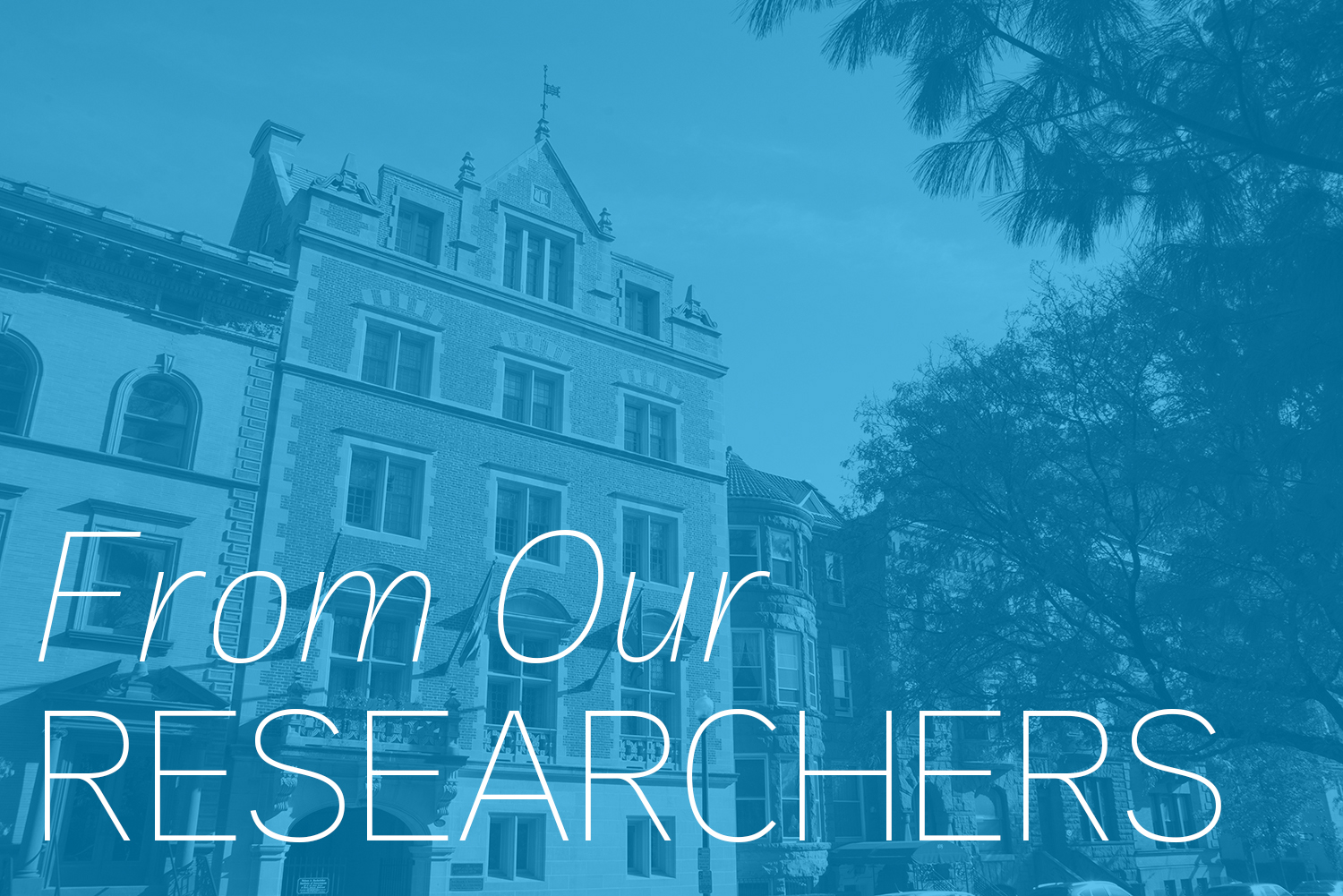President Obama’s proposed $12 billion program for community colleges comes as good news in a tough time for the nation’s two-year schools — which are facing budget cuts even as the recession, and a phalanx of laid-off workers who need retraining, have sent their enrollments soaring.
But the long-term impact of the president’s program will depend in part upon whether the final legislation, and its implementation, aim at fixing the right things.
Much of the current talk about community colleges focuses on increasing the number of their students who receive associate’s degrees. Producing two-year degrees, however, is only part of what community colleges do — and not the only important part.
As the president emphasized, constant, steady improvement in the education levels, skills and productivity of the American workforce is essential for our prosperity and economic growth. Progress on that front has stalled. The Aspen Institute, for example, projects that while the share of our nation’s workforce with at least some education beyond high school grew by almost 20 percent between 1980 and 2000, it will grow by barely 5 percent between 2000 and 2020. The Brookings Institution says the percentage of high-school graduates who go on to get four-year college degrees has hardly budged in 35 years.
Community colleges may not seem glamorous. But the president is targeting them because they are where the action is, in terms of upgrading our workforce.
The Bureau of Labor Statistics projects that about 45 percent of the jobs that open in the next five years will require more than a high-school education, but less than a four-year degree. That’s over a half-million job openings a year, according to the Urban Institute. These “middle skill” jobs include everything from dental hygienists to electricians to firefighters.
Jobs you can get with only a high-school diploma, or less, are projected to account for less than half that many openings. Perhaps more surprising, jobs requiring a four-year degree or better are projected to account for only about 33 percent of openings.
So the president’s plan would back up $2.5 billion in construction loans to help community colleges upgrade their facilities and enroll more students — on top of about 12 million today. It would provide $500 million to develop on-line courses that could be offered by community colleges everywhere. And it would provide $9 billion in “challenge grants” to community colleges that have plans to improve job training programs, expand adult education and/or improve their completion rates.
Graduation rates are widely described as the weak point in the community college system. Public two-year colleges in the U.S. enroll about 4 million full-time equivalent students in for-credit courses, but produce only about 500,000 associate’s degrees each year. That’s only about one-quarter of the number of degrees you might expect in a perfect world — one in which each full-time student completed the degree in two years. (Public four-year colleges, by contrast, produce about three-quarters of the number of bachelor’s degrees you would see if every full-time student graduated in four years.) And of the two-year degrees produced by community colleges each year, only about 300,000 are in subjects with obvious, immediate employment potential, like nursing, or criminal justice services; 40 percent are in liberal arts and sciences, general studies or humanities.
But do these numbers mean that community colleges are broadly failing to do their job? On the contrary, they mean that if we think their job is just to produce associate’s degrees, we may be thinking too narrowly.
Many young people use their local community college as a bridge to four-year schools — some getting a liberal-arts degree as a transfer credential, but many others simply transferring credits without waiting to complete a two-year degree. Many community college students take only a course or two, to tune up some specific skill or area of knowledge, and never intend to get a two-year degree (in fact, many who do this are already college graduates). Others enroll to get a certificate in some specific job-related area, like carpentry or auto mechanics.
Finally, many community college students do not take courses for credit at all — they take non-credit courses that are often designed around job skills, oriented toward one or more local employers. The American Association of Community Colleges estimates non-credit students number about 5 million.
These non-credit courses won’t lead to graduation. But often they have a more immediate link to a skill, an employer and a job than the degree programs themselves. So if we focus only on graduation rates, we may miss much of what community colleges can do to meet the nation’s workforce needs.
A version of this article appeared earlier on www.stateline.org, a news website that reports on state policy and politics.

